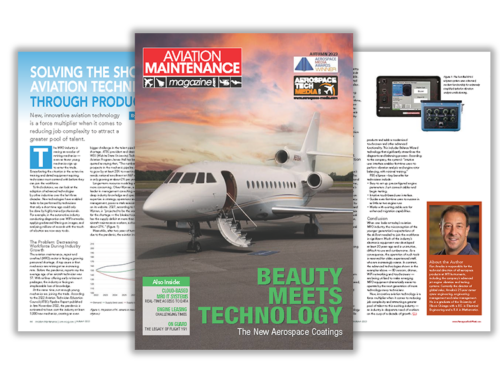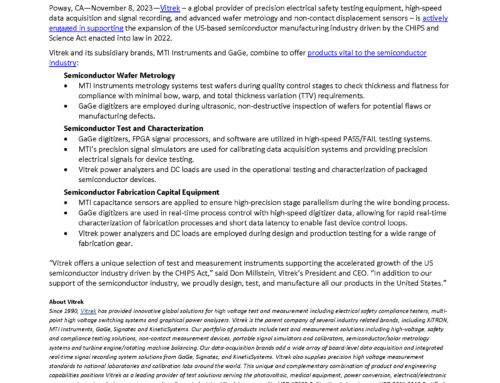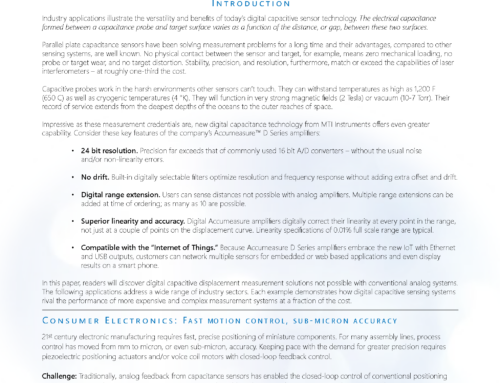Ideal Charge Amplifier for Piezo Electric Transducers
Description
Ideal Charge Amplifier for Piezo Electric Transducers

Piezoelectric-type transducers such as accelerometers used for turbine vibration measurement and pressure transducers used for combustion dynamics monitoring (CDM) produce a high-impedance charge output that must be conditioned and amplified before transmission across system cabling and into measurement instrumentation.
Challenge
A piezoelectric transducer is a sensor that produces a small electrical charge in response to pressure. Piezoelectric transducers are the fundamental building block in many accelerometers and pressure sensors due to their high sensitivity, ruggedness, and stability at high temperatures. The charge output from one of these transducers is typically converted to a low impedance voltage before transmission across cabling and into most common data acquisition and measurement equipment. This conversion is done by a device called a charge amplifier or charge convertor.  However, not all charge amplifiers are created equally.

Charge Amp Types with Normal Setups
There are three main types of charge amplifier on the market: IEPE, in-line (2-setups), and bench-top (or rack-mount).
IEPE stands for Integrated Electronics Piezo-electric. IEPE charge amplifiers are when the accelerometer incorporates built-in charge amplification microelectronics. This type of accelerometer requires power to be supplied with constant current. Typically, the constant current DC voltage and the sensor signal are transmitted via one shielded cable. A popular example of IEPE accelerometers is the ICP® type of accelerometers from PCB® Piezotronics.
The main advantage of this type of charge-amplifier is that only one component is necessary for process measurement. This means fewer BOM parts and fewer parts to maintain/calibrate. The disadvantages are increased accelerometer size, lower operating temperatures and required specialized acquisition equipment to provide power to the sensor.
In-line charge amplifiers typically provide one channel of charge amplification per device. They can be powered over the same wires as the sensor signal (like IEPE) or they can have separate power pins providing greater flexibility. These charge amplifiers are typically located as close the accelerometer as possible, considering temperature constraints and cabling factors.
Bench-top and rack-mount charge amplifiers main advantages are multiple channels of charge amplification in a single device and often these devices provide greater flexibility in terms of analog filtering and gain amplification settings. A disadvantage of this type of charge amplifier is that they are often located far from the sensor resulting in a greater likelihood of signal attenuation and noise pickup.
Solution
MTI Instruments’ 55CA Charge Amplifiers are rugged devices designed to be mounted as close to the accelerometer as possible. The 55CA accepts either +24V or +/-12V voltage power on dedicated pins, providing end users with the flexibility of providing power in the signal cable bundle or from a power supply mounted close to the device.

Each 55CA Charge Amplifier provides one (1) channel of charge amplification and provides four simultaneous output signal types:
- Buffered single-ended acceleration
- Integrated single-ended velocity
- Buffered differential acceleration
- Integrated differential velocity
Input type (singled-ended or differential), mounting style, gain, and filter settings are specified at the time of order, and configured at the MTI Instruments factory to match accelerometer type, sensitivities, and testing requirements.
Benefits
The 55CA is designed to be placed as close to the sensor as possible. In this way the charge-mode signal from the sensor will be converted to a low-impedance differential signal early in the connection path to the data acquisition system. The charge signal coming from the sensor is weak and prone to noise, but the low-impendence differential signal from the charge amplifier can be driven through many meters of cabling with minimal noise impact.
The gain of a 55CA can be set to 1x, 4x, and10x factors at the factory. This allows the 55CA to be customized to work with virtually any piezo-electric sensor with a range of sensitivities and/or sensors in environments with a range of expected acceleration amplitudes.
In addition, the 55CA has factory-adjustable high-pass and low-pass analog filters making it a cost-effective semi-customizable solution where the flexibility of more costly digitally programmable amplifiers is not required.
MTI offers free re-configuration of any 55CA during standard factory calibration.
Additional Information
The charge amplifier requires periodic calibration; MTI recommends a yearly maintenance interval. Over time a charge amplifier’s signal response can drift or the charge amplifier can be damaged. Charge amplifiers have adjustable bandwidth and gain settings that should be periodically validated.




